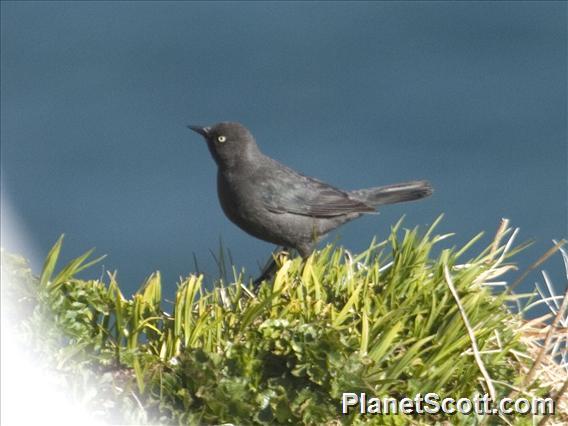Rusty Blackbird (Euphagus carolinus)

Rusty Blackbird (Euphagus carolinus)
×


Rusty Blackbird (Euphagus carolinus)
About Rusty Blackbird (Euphagus carolinus)
- Kingdom: Animals
- Phylum: Chordates
- Class: Birds
- Order: Perching Birds
- Family: American Blackbirds and Orioles
The rusty blackbird is a medium-sized New World blackbird, closely related to grackles. It is a bird that prefers wet forested areas, breeding in the boreal forest and muskeg across northern Canada, and migrating southeast to the United States during winter.
Source: Wikipedia
Lifelists
Trips
Visits
-
2010-05-29
Potter Marsh, United States of America -
2010-05-29
Saint George Island, United States of AmericaSeen on the southern tip of the island... the third ever sighting on St. George.


